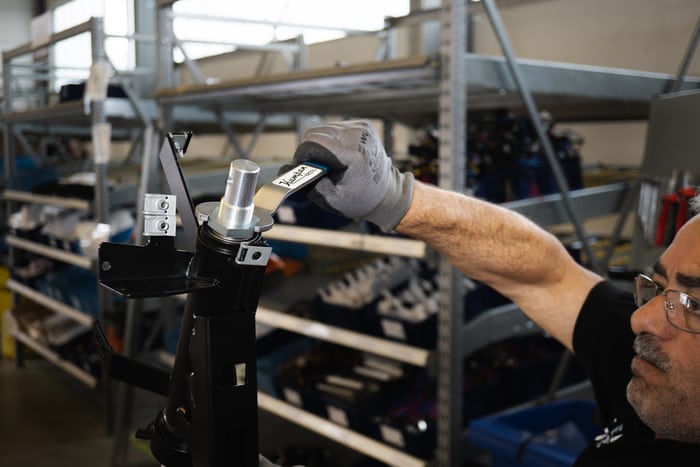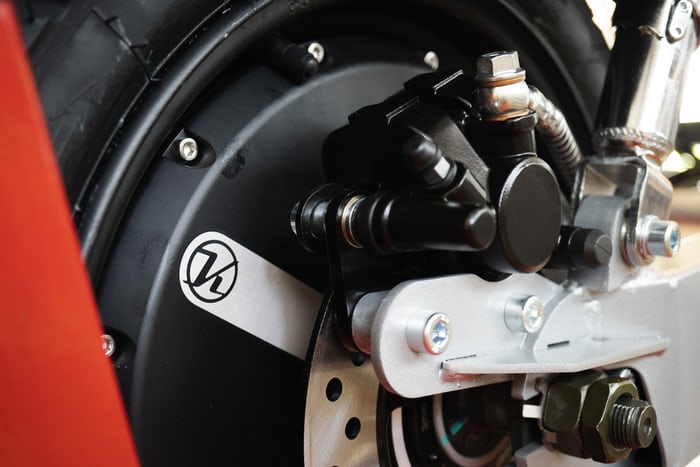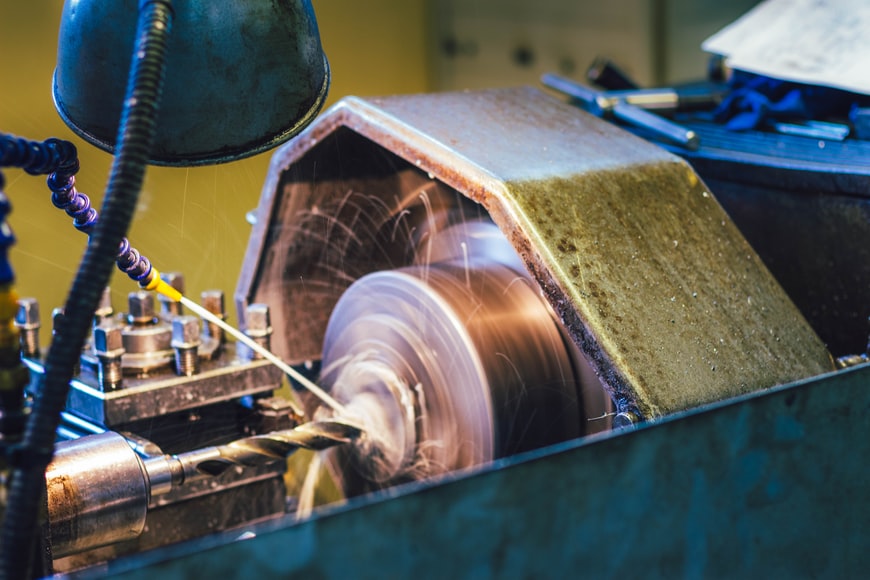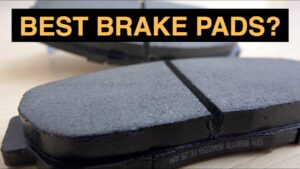Among the many important parts of a car, the Constant Velocity Axle or CV Axle is one of them. The CV axles are responsible for transferring the power to the wheels. This transfer of power from the transmission to the wheels by the axle is what makes the vehicle drive forward.
However, the axles can wear out fast resulting in conditions like bad CV axle vibration and such. This article will walk you through different factors that lead to this condition and its symptoms so read on.
Table of Contents
What Are CV Axles And How Do They Work?
CV Axles are the parts of cars that are responsible for transferring power to the wheels. They have flexible and greased joints which are found in the terminal parts of the axle. The inner CV joints are the parts that connect the axle with the transmission while the outer joints connect it with wheel hub splines. It connects through an axle nut present in the rotor’s centre. The CV joint splines create a separable combination of components that makes the axle turn.
The CV joint thus gradually slides into the splines of the wheel hub which connects it to the hub. The axle shaft then connects the outer and inner CV joints.
What Are The Causes Of Bad CV Axle Vibration?
Bad inner cv joint vibration is caused due to a bad or faulty CV axle in your car. The vibrations mostly happen when you drive your vehicle above 88 kph. To find the causes of bad CV axle vibration, understanding the causes of a bad or faulty CV axle is important. Here are a few possible causes of a bad CV axle.
1. Damaged Inner CV Joints

Bad CV Axle vibration is normal when the Inner CV joints of your car are damaged. However, this damage is not that easy to figure out. Locating the CV joints is one thing and the damage can only be found after dismantling and cleaning the inner CV joint. So finding the fault is a pretty tiring job to do on your own.
CV joints are made in such a way that they can last for a long time. However, at times moisture or dry contamination cause the CV joint to wear out. CV joints are also under constant stress due to regular work so their wearing out is understandable.
2. Minor Impacts And Accidents to Axle
Sometimes hitting a large pothole or failing to decelerate when you hit the curb can cause minimal impact to your CV axle which may cause no damage. However, if these impacts are repeated, it can start causing damage to your CV axle which may cause it to vibrate too.
3. Wear And Tear
Components with constant workload and stress are subject to eventually wear and tear. CV Axle is one such component and manufacturers expect it to wear and tear after a vehicle reaches 80,000 mileage. However, the wear and tear of your CV axle can also depend on how you use your vehicle and driving techniques.
4. Worn And Damaged Axle
The Axle can exhibit damage over time due to wear and tear. This damage can cause bad CV axle vibration, especially when driving at a high speed. If you fail to rectify this issue soon, the damages can get more severe. So you need to fix the worn and Damaged Axle as soon as possible.
What Are The Symptoms Of A Bad CV Axle?
When your car has a bad or faulty CV axle, you will see certain symptoms that indicate the situation. These are
1. Excessive Vibration
The most common symptom that your car shows when it has a bad CV axle is excessive vibration, especially when going at a speed above 88 kph or 55 mph. When you experience such vibrations in your car, get it checked by a mechanic immediately and replace or repair the CV axle or the inner joints.

2. Shaking Steering Wheel
Another common symptom of a bad CV axle is the shaking of your steering wheel especially when you accelerate. Timely checking of this issue is very important otherwise the situation may aggravate. The CV axle could completely break making your car completely useless if you do not get it fixed as soon as possible.
3. Steering Difficulty
Along with the shaking of the steering wheel, you may also face difficulty in steering your car especially when you accelerate. This is not very safe for you and your car. The best thing to do is get your car checked and your axle repaired. If not the axle will completely stop working and put your safety in danger too.

4. Lack Of Control And Bounciness
Along with the other mentioned symptoms, you could experience Bounciness and lack of control when the CV axle is bounced. The bounciness can be experienced more when navigating a paved road and it can either be sideways or up and down. This is a dangerous situation to be in and can compromise your safety, so get your car repaired by a mechanic immediately.
How Much Does It Cost To Replace The CV Axle?
The CV Axle part alone can at times be expensive. The price of the part can range from $90 to $ 260 depending on the quality and brand of the CV axle part. The cost of repairing or replacing your car’s CV Axle can further range from $200 to $800 depending on the depth of the repair job and your car model.

However, you can save a lot of money by averting the situation the moment you see the relevant symptoms. Your CV axle may only need small repairs at such a stage which will help you save the replacement costs. It is always better to take your car for regular maintenance and get all the important parts including the CV axle regularly checked by your mechanic.
Will A Bad CV Axle Cause Vibration?
The short answer is yes, but there may be other reasons that may cause your car to vibrate. It is better to go to a mechanic and diagnose and find out why your car is shaking or vibrating.
Frequently Asked Questions:

So, here are some of the frequently asked questions about why do I hear air coming from my brake pedal, how do you fix a hissing brake pedal etc?-
Why Do I Hear Air Coming From My Brake Pedal?
How Do You Fix A Hissing Brake Pedal?
Can Air In The Brake Line Cause The Pedal To Go To The Floor?
How Much Does It Cost To Fix Hissing Brakes?
Why Do I Have No Brake Pressure After bleeding Brakes?
What Are The Symptoms Of A Faulty Brake Booster?
Conclusion
The Constant Velocity Axle is a very critical component in your car that transmits power to the wheel. Breaking down such an important component is a very undesirable situation that can even lead to the complete breakdown of your car. In this article, the most important causes and symptoms of a bad axle are discussed and hope that has helped you understand why your car is experiencing unusual vibrations.



